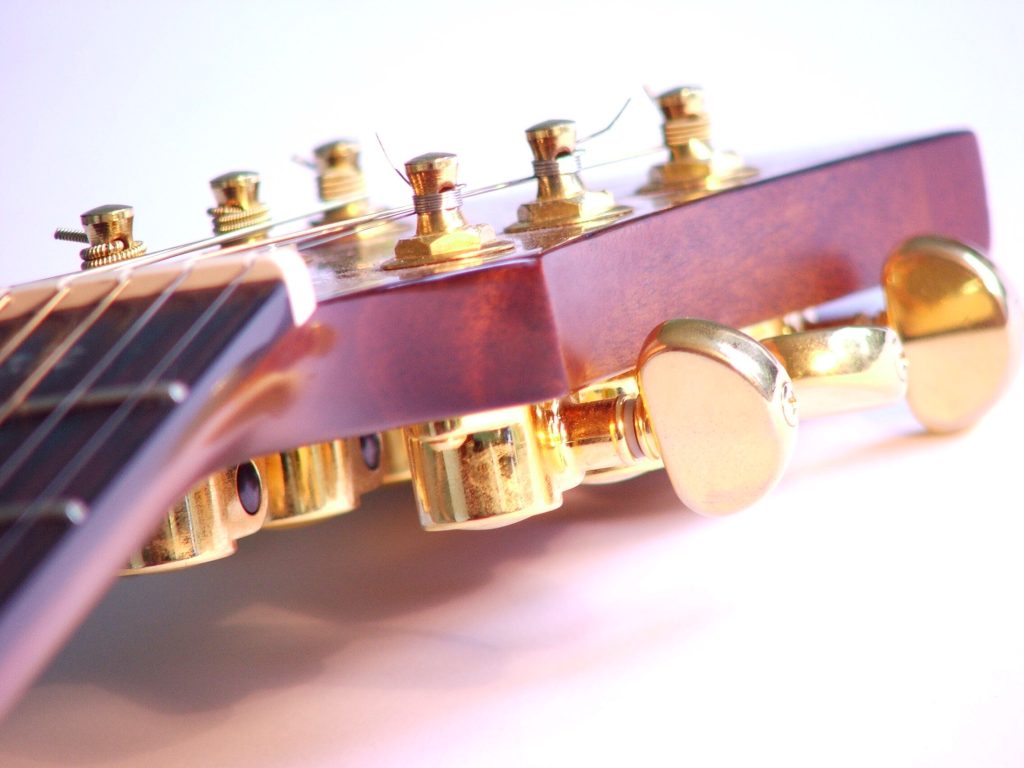
This lesson we have three more chords to look at. Once you have learnt these chords along with the three chords in the lesson before, you will have a good basic chord vocabulary and you’d be surprised at how many songs you can play with just these chords alone!
E Minor:
C Major:
G Major:
Practice these chords in the same way you practiced the first three; change from one chord to another, to another, slowly getting used to the feeling and motion of changing chords.
Take a look at the suggested sequence below which incorpricates all six chords into an exercise. Remember to make sure each chord sounds clear, and that by taking note of the ‘x’s and the ‘o’s above each string, you are only strumming the correct strings. Take a look at the video to make sure you are playing the exercise correctly.
SIMPLE RHYTHM
When music is written down on paper it is split into small measures called ‘bars’. In standard form each bar contains four beats. You can see these ‘bars’ as the sequence is divided up by lines (e.g):
Now you have learnt some chords you are going to have to add some rhythm to them in order to use them in the context of a song. When playing simple rhythms with chords, you have a choice of strumming upwards towards your chest, or downwards towards your legs. Strumming upwards often feels awkward at first, but stick with it and soon it should feel no different to strumming downwards.
When following a chord chart, a downwards strum is indicated using a downwards arrow (ß) and an upwards strum is indicated using an upwards arrow (Ý). Have a go at the chord sequence below making sure you follow the arrows for the strumming pattern. Have a look at the video to make sure you are doing this correctly. Some of you may recognise this sequence as ‘Time of Your Life’ by Green Day:



